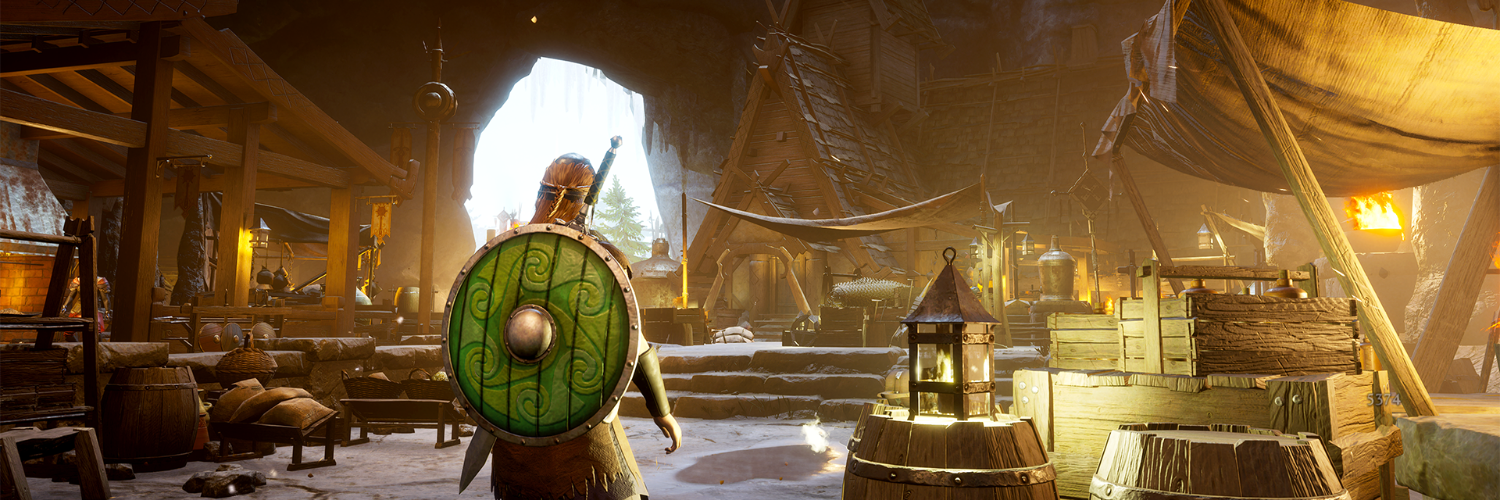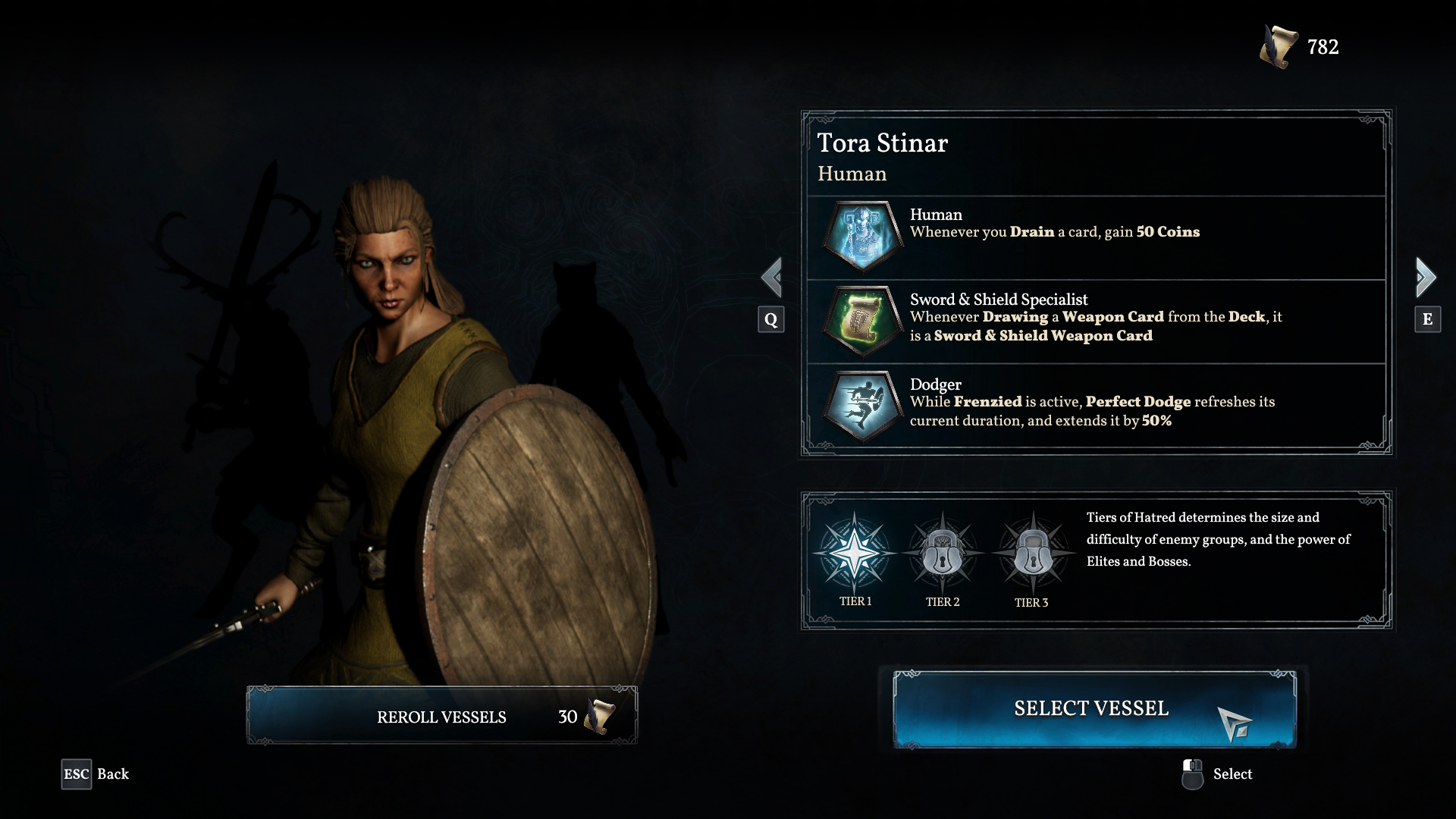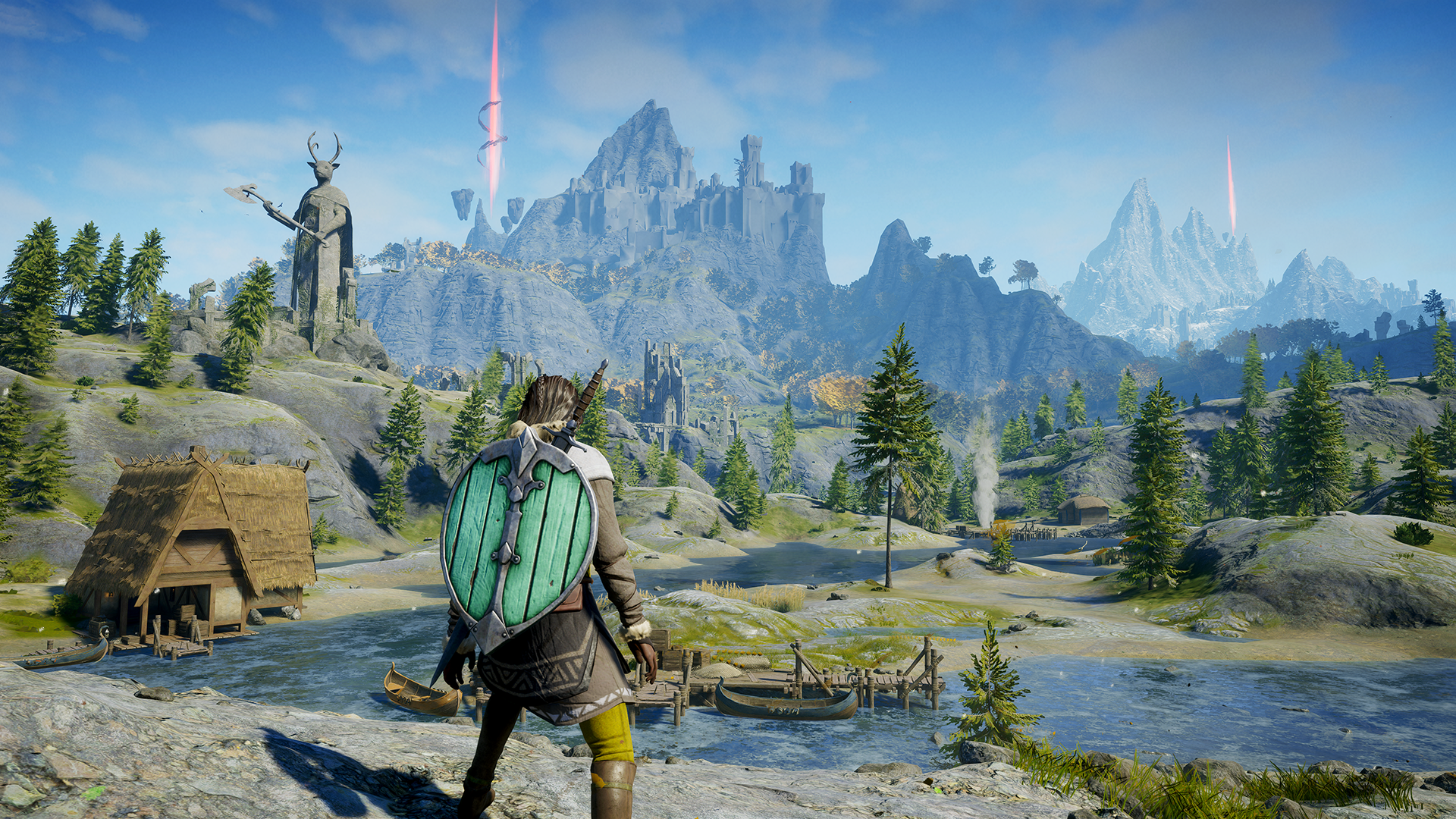
Ravenbound PC Review
Ravenbound, the ambitious crossover of open-world exploration and roguelite mechanics developed and published by Systemic Reaction, has already started out with a rollercoaster of a release. From its initial demo, it looked to be a promising game, but did it live up to its potential? While there are undeniably issues with the game, there is also a lot to love about Ravenbound which excites me for the future of this kind of game. The mix of genres is uncommon, and maybe there is a good reason for that, but it’s refreshing to see developers trying something new.
Ravenbound’s gameplay loop centres around selecting a vessel with specific perks and battling enemies of varying difficulty levels in order to gather fragments from elite foes. Once you have collected three fragments, you can use them to empower yourself and in return you get to choose one out of three available cards. Each card costs mana to use, sometimes it’s 0 mana, and can grant you unique abilities, weapons, armour, coins, or more mana. After completing the loop enough times, you’ll eventually become strong enough to face off against the first boss, the Warden. The overall aim is to defeat the 3 Wardens in 3 different areas to unlock the final boss, The Betrayer.

While exploring enemy camps, you might come across chests that contain another set of three cards or some mana, but be warned! These chests are covered in hatred which grants a buff to all enemies the next time you empower your fragments. The more times you empower your fragments, the closer you get to incurring ‘permanent hatred’, which can only be removed by defeating the Warden of that area. This unique mechanic adds an extra layer of challenge and strategy to the game, forcing you to face the Warden without becoming too overpowered. I do wish the card system was revamped to give you a bit more choice over the cards you get to expand the tactic possibilities, so you don’t have runs where you get no armour or weapon cards and have to spend a lot of gold to get a card from a merchant that wasn’t even that good. In this case, it’s usually just better to restart the run early.
One of the standout features of this game is its incorporation of roguelite elements. After completing a run, you’ll gain ‘Legacy’ through performing well which can then be used to purchase traits for your vessels in future runs. Additionally, there are a variety of challenges you can complete to obtain better cards, making subsequent runs easier.

The story of Ravenbound is not thrown in your face, and if you’re not a story person or don’t care about exploring to find the story you might have a hard time following what’s going on. The opening cutscene does deliver the main part of the story. When you visit a village, the NPCs don’t act like they’re part of the world, which can break the immersion of the game. They just stand still or say the same one line over and over again, lacking dialogue creativity. You can also find objects that give you a line of text or visit a landmark that also provides some background information. The lack of interaction with the NPCs is a minor issue, but it doesn’t take away from the overall gameplay experience for those not as invested in the story.
Ravenbound’s core gameplay is combat-focused, which means it’s vital for combat to be a smooth, fluid experience to maintain interest and excitement when playing the game multiple times, as the developers intended. With 5 weapons types to choose from, depending on your starting character, you can enjoy a varied combat experience ranging from a slower, heavy-hitting style to a fast-paced, chip-away-at-enemies bit-by-bit style. During combat you must use a combination of fast and heavy attacks while defending with your dodge and block. Doing these at the perfect time will either give you a huge damage boost if you dodge or knock the enemies away if you block. It feels fantastic to string these moves together and defeat a large group of enemies. However, a few issues can make the combat very frustrating and nearly ruin a run.

Firstly, the lock-on system can be more of a hindrance than a help, especially when the combat is moving too fast, which can confuse the camera and take a few seconds to readjust. This can potentially cause you to lose a lot of health in the process and, as there are no regular healing items, this can ruin a whole run. For example, when you’re in a boss fight and can’t escape.
Secondly, during combat you may experience a lot of frame drops however this has been slightly alleviated thanks to a patch released post launch. As mentioned earlier, this issue throws off your rhythm and can cause you to take a lot of damage. While these issues may not feel as bad in other games, in a roguelite, they can ruin a one-hour run and make you never want to turn the game back on again.

Ravenbound suffers from not just gameplay bugs but immersion-breaking ones too. Although they do not affect the gameplay directly, they can certainly take away from the enjoyment of the game. Some of the issues include invisible NPCs, game crashes, and enemies healing themselves mid-battle by leaving the area. Additionally, some design choices can be frustrating for players. For instance, turning into a raven requires players to walk to a ravens tower first; why not just let us transform when the player is out of combat? Furthermore, the addition of a grappling hook seems pointless and only adds more bugs to the game when they could’ve just let you transform out of combat. This would be more understandable if there were more to explore on foot but the game doesn’t offer much in that regard, making out of combat exploration monotonous and dull. Finally, Ravenbound requires an account and an internet connection which may limit its appeal to some users.
Summing up Ravenbound was a challenge because, despite its flaws, the game isn’t bad and I did have a good time when it worked as intended. However, it’s just badly executed with the lack of missions, explorations, and many frustrating bugs that make Ravenbound hard to recommend. Systemic Reaction are aware of the issues and are actively talking to their community through patch notes to, hopefully, revive this game and make it the fun roguelite it’s asking to be.
